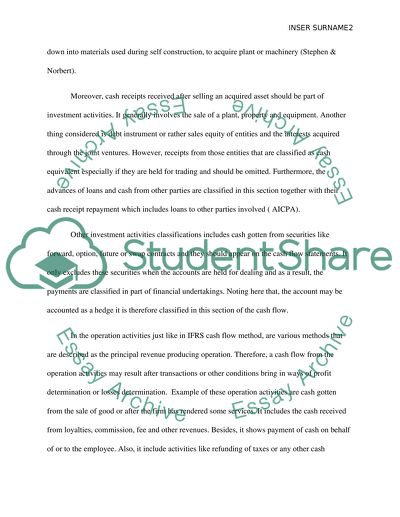Cite this document
(“Statements of cash flows Research Paper Example | Topics and Well Written Essays - 1750 words”, n.d.)
Retrieved from https://studentshare.org/finance-accounting/1472251-statements-of-cash-flows
Retrieved from https://studentshare.org/finance-accounting/1472251-statements-of-cash-flows
(Statements of Cash Flows Research Paper Example | Topics and Well Written Essays - 1750 Words)
https://studentshare.org/finance-accounting/1472251-statements-of-cash-flows.
https://studentshare.org/finance-accounting/1472251-statements-of-cash-flows.
“Statements of Cash Flows Research Paper Example | Topics and Well Written Essays - 1750 Words”, n.d. https://studentshare.org/finance-accounting/1472251-statements-of-cash-flows.


